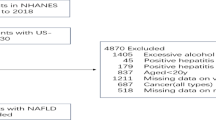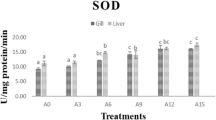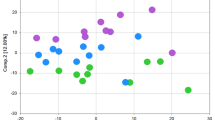Abstract
DURING the work on K-avitaminosis in chicks, it is often observed that in some animals large amounts of transparent fluid accumulate, for example, in the subcutaneous connective tissue. It has now been possible to produce this symptom systematically by using a diet from which the protein has been very thoroughly extracted by alcohol.
This is a preview of subscription content, access via your institution
Access options
Subscribe to this journal
Receive 51 print issues and online access
$199.00 per year
only $3.90 per issue
Buy this article
- Purchase on SpringerLink
- Instant access to full article PDF
Prices may be subject to local taxes which are calculated during checkout
Similar content being viewed by others
Author information
Authors and Affiliations
Rights and permissions
About this article
Cite this article
DAM, H., GLAVIND, J. Alimentary Exudative Diathesis. Nature 142, 1077–1078 (1938). https://doi.org/10.1038/1421077b0
Issue date:
DOI: https://doi.org/10.1038/1421077b0
This article is cited by
-
Changes in blood chemistry, hematology, and histology caused by a selenium/vitamin E deficiency and recovery in chicks
Biological Trace Element Research (1998)
-
α–Tocopherol and Hyaluronidase in vivo
Nature (1959)
-
The exudative diathesis produced by torula yeast
Experientia (1957)
-
Pathological role ofd, l-α-Tocopherol in premature new-born
Experientia (1949)
-
Vitamin K und Seine Anwendung in der Therapie
Klinische Wochenschrift (1940)



